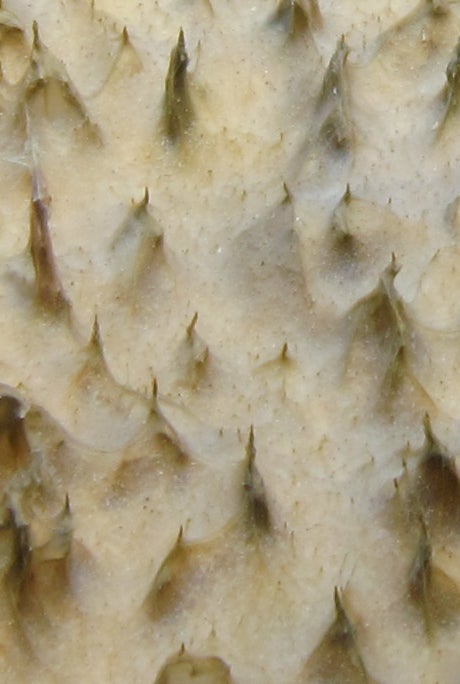Microbial Communities in Ice-Covered Lakes, Antarctica
Pinnacles – Aurora & Melainabacteria – O2 Oases
Microbial mats grow on the floors of ice-covered lakes in Antarctica where they receive some summer sunlight through the ice. These mats grow into complicated pinnacles and contain bacteria that hold clues to the origin of oxygenic photosynthesis in their genomes.

Pinnacles
Microbial pinnacles represent the collective behaviors of billions of microbes. In the Antarctic lakes we study, Cyanobacteria dominate the biomass of the mats and pinnacles. They receive enough light through the ice to perform oxygenic photosynthesis, providing the primary productivity that supports the communities. These communities coat the lake floors everywhere there is enough light for net primary productivity. The communities create a diversity of pinnacles as well as flat mats. We are studying how the morphology of the communities varies with changes in environment and community composition. For example, environments with low sediment influx have more complex pinnacle morphology than those with more sediment (Mackey et al., ). Calcite precipitation in the mats supports large stromatolites in Lake Joyce (Mackey et al.,). In addition, changes in microbial community affect the morphology of the mats; Cyanobacteria with the morphological characteristics of Phormidium tend to smooth out small pinnacles in lakes Joyce (Macket et al., ) and Untersee (Andersen et al., ). We are now using techniques such as structure-from-motion to reconstruct pinnacle morphology on the lake floors to test models for pinnacle formation, such as nutrient competition, migration toward light, and intrinsic Cyanobacterial filament behavior.

Aurora & Melainabacteria
Oxygenic photosynthesis is an evolutionary advance that transformed the redox state of Earth’s surface and allowed the eventual evolution of multicellular life. Cyanobacterial evolution linked two different photosystems in sequence to convert water into O2 with
light. However, close relatives of the Cyanobacteria, the Melainabacteria, do not contain the molecular machinery to use light in metabolism. The bacteria with ancestors between Melainabacteria and modern Cyanobacteria may preserve a record of evolutionary processes leading to oxygenic photosynthesis in their genomes.
We are studying some of these organisms, which are part of the communities forming pinnacles in Lake Vanda. We have a preprint available for a Cyanobacterium that is closely related to the cyano group Gloeobacter, but lacks more of the enzymes that stabilize oxygenic photosynthesis. Christy named it Aurora vandensis. We also have a number of Melainabacteria that grow in these pinnacles. They do not contain many of the genes necessary for any type of photosynthesis, and we are working on understanding which genes common to Cyanobacter that do perform photosyntheses are shared by Melainabacteria and which are unique to one group or the other. This will help us understand the evolutionary processes leading to oxygenic photosynthesis. In particular, we think that it’s likely that many of the necessary genes were passed to ancestors of the Cyanobacteria from other photosynthetic organisms.
O2 Oases
The Great Oxidation Event (GOE), which occurred about 2.4 billion years ago, changed Earth’s surface redox state. The production of O2 challenged many organisms for whom it’s a poison. It also provided new metabolic opportunities with high energy output. The evolutionary consequences of the production of O2 are diverse and complicated, and understanding the local distribution of O2 prior to the GOE can provide insights into how ecosystems and organisms adapted to the changes.
Lake Fryxell contains microbial mats that are on the edge of net primary productivity in anoxic water. The Cyanobacteria living in these mats produce O2 during the summer, and it accumulates to form an “oxygen oasis” – a small amount of free O2 in an otherwise anoxic environment (Sumner et al., ; Jungblut et al.,). We are studying the dynamics of how the Cyanobacteria change the local geochemistry as the mats go from anoxic in the winter to containing free O2 in the summer. One approach is additional field work, which we are hoping to perform in the near future. The other is to explore the behavior of the Cyanobacterium (Phormidium pseudopriestleyi) in the lab, performing experiments with varying levels of hydrogen sulfide and light to use gene expression to see how its metabolism varies with environmental conditions. We expect this work to provide insight into both the mats in the lake and the dynamics of mats after the evolution of oxygenic photosynthesis and prior to the GOE.
